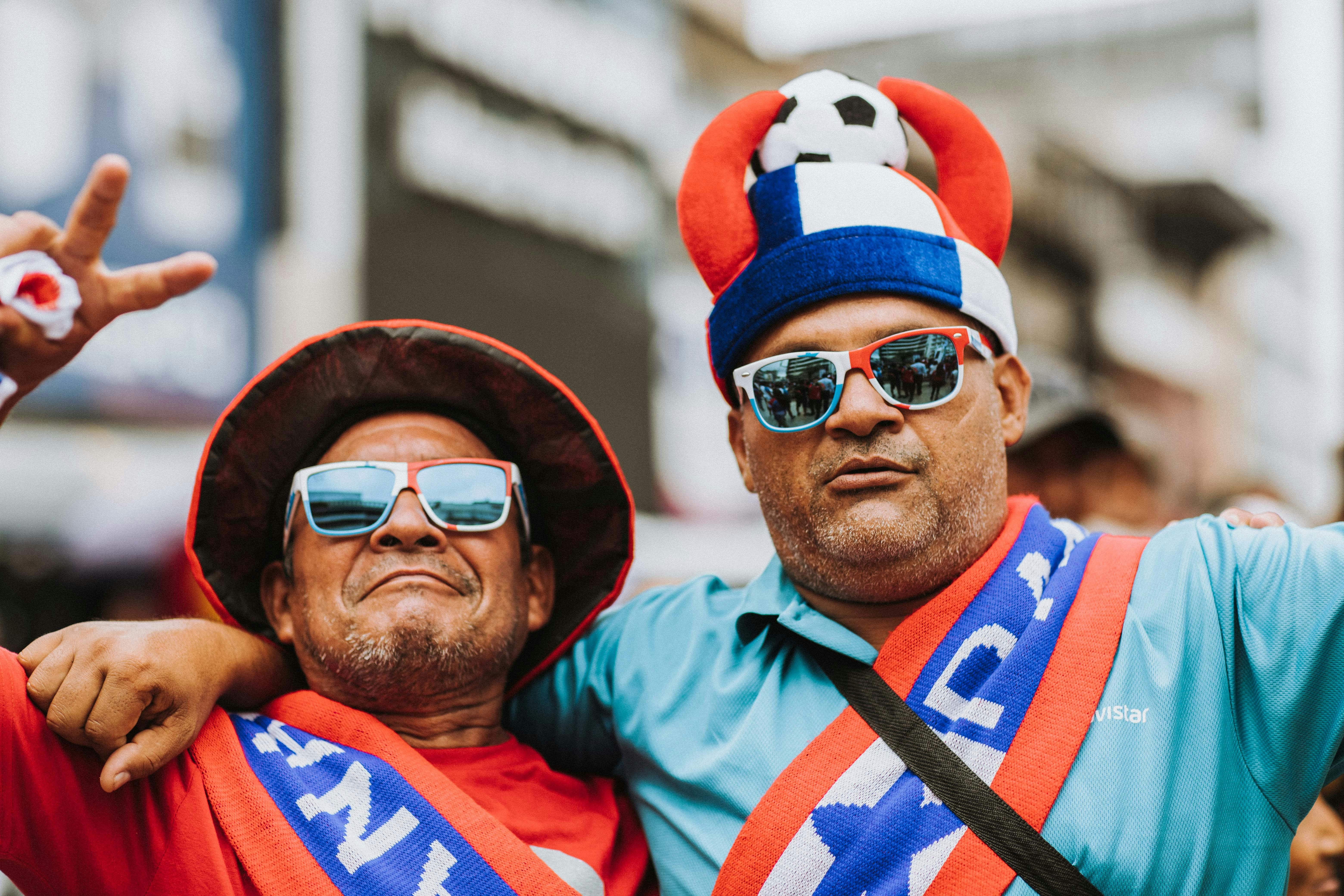Big trades within the division have always been a part of baseball
As the trade deadline approaches, most broadcasters are naturally discussing full and possible transactions in Major League Baseball. During a game between the Toronto Blue Jays and the Minnesota Twins, the announcers had just received word that a big trade had been completed.
The Orioles had traded Zack Britton to the New York Yankees, leading the television analyst to criticize the deal. He complained that the Orioles, who are buried deep in the East Side of the American League, had violated an unwritten rule about never trading within their own division.
I doubted there was such a rule as any club planning to trade a player would make a deal that would give him the best return. When you want to do what’s best for your organization, geography won’t take precedence over your own interests.
The very next day reinforced my doubts about the so-called unwritten rule the announcer had alluded to, because another major internal division change had been completed. The Tampa Bay Rays sent starting pitcher Nathan Eovaldi to the Boston Red Sox, who currently sit atop the American League East.
Giving the announcer the benefit of the doubt, I was wondering if the rule ever existed but disappeared like full games and sacrifice bunts from the current state of the game. However, looking back on some notable trades over the last fifty years, I realized that there was no unwritten rule suggesting that teams not trade within their own divisions.
Here are eight cases from the 1970s where well-known players were traded from one team to a rival in their own division.
San Francisco traded future Hall of Fame first baseman Willie McCovey to a team not only in the same row in the standings, but also in the same state. The San Diego Padres acquired Stretch from the Giants back in 1973.
Early in the next decade, the Houston Astros traded All-Star outfielder Cesar Cedeno to West rival Cincinnati, which in turn sent third baseman Ray Knight from the Reds.
The year immortalized by George Orwell’s futuristic novel, 1984, saw a remarkable trade of internal division. The Philadelphia Phillies sent popular outfielder Garry Matthews to the Cubs, and he helped Chicago to the playoffs soon after.
Two years later, future Hall of Fame catcher Gary Carter was traded by the Montreal Expos to Eastern Division rival New York, where Carter helped the Mets win the 1986 World Series Championship against the New York Yankees. Boston Red Sox. Apparently the Expos, like the Astros and Giants before them, had ignored the no-trade rule.
All-Star slugger Carlos Delgado, less than a year from winning a World Series championship with the Marlins, was traded from Florida to the New York Mets in 2005. Three years later, on July 29, 2008, the Rangers from Texas traded first baseman Mark Texiera. to the Angels.
In 2010, the Milwaukee Brewers traded All-Star center fielder Jim Edmonds to NL Central rival Cincinnati, who felt Edmonds would help the Reds reach the postseason for the first time since the turn of the century. XX. Again, if such a rule existed, most clubs would continue to ignore it.
In a more recent transaction, the Minnesota Twins in 2011 agreed to send designated hitter Jim Thome to the Cleveland Indians, the club with which he began his illustrious baseball career. Thome was thinking of retiring and wanted to end his gaming days as a member of the Tribe.

Leave a Reply